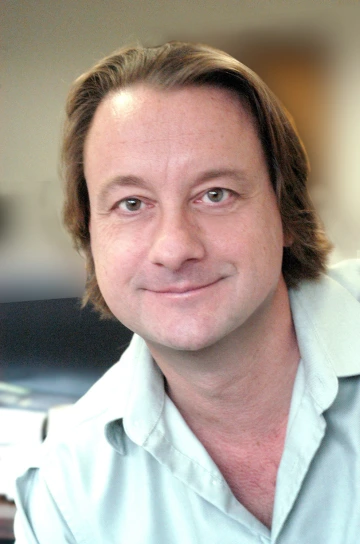Fred Adams, University of Michigan

When
Refreshments served after the talk
SO/NSF NOIRLab Joint Colloquium and TAP Planet Formation Initiative Lecture
Fred Adams, University of Michigan
TITLE: Effects of Clusters on their Constituent Planetary Systems
ABSTRACT: Most stars -- and most solar systems -- form within groups and clusters. The principle objective of this talk is to explore how these star forming environments affect the solar systems forming within them via three channels: dynamical interactions, elevated radiation fields, and increased particle fluxes. The discussion starts with the dynamical simulations, which are used to study how cluster evolution depends on system size and initial conditions. Multiple realizations of equivalent cases are used to build up a statistical description of these systems, e.g., distributions of closest approaches and radial locations. These results provide a framework from which to assess the effects of clusters on solar system formation. Distributions of radial positions are used in conjunction with UV luminosity distributions to estimate the radiation exposure of circumstellar disks. Photoevaporation models determine the efficacy of radiation in removing disk gas and compromising planet formation. The distributions of closest approaches are used in conjunction with scattering cross sections to determine probabilities for solar system disruption. Finally, we determine the distributions of radioactive nuclei and cosmic rays that are provided to circumstellar disks, where they enhance ionization and heating. This work provides a quantitative determination of the effects of clusters on forming solar systems. As an application, these results are used to place constraints on the possible birth environments for our own Solar System.
BIO: Born in Redwood City, California, Fred Adams graduated from Iowa State University in 1983 with a BS in Physics and Mathematics. He went on to receive his PhD in Physics from the University of California, Berkeley (in 1988), where his dissertation received the Robert J. Trumpler Award from the Astronomical Society of the Pacific. After serving as a postdoctoral research fellow at the Harvard-Smithsonian Center for Astrophysics, Adams joined the faculty in the Physics Department at the University of Michigan in 1991. Adams was promoted to Associate Professor in 1996, and to Full Professor in 2001. He is the recipient of the Helen B. Warner Prize from the American Astronomical Society and the National Science Foundation Young Investigator Award. At the University of Michigan, he has been awarded the Excellence in Education Award, the Excellence in Research Award, the Faculty Recognition Award, and was elected to the Michigan Society of Fellows. Adams was subsequently elected to be a fellow of the American Physical Society, fellow of the American Astronomical Society, and Chair of the AAS Division on Dynamical Astronomy. He was named as the Ta-You Wu Collegiate Professor of Physics at the University of Michigan, and is currently the director of the Leinweber Center for Theoretical Physics.
Professor Adams works in the general area of theoretical astrophysics with a focus on the study of star formation, exoplanets, and cosmology. He is internationally recognized for his work on the radiative signature of the star formation process, the dynamics of circumstellar disks, the development of a theory for the initial mass function, and studies of extra-solar planetary systems. In cosmology, he has studied the inflationary universe, magnetic monopoles, cosmic rays, and cosmic background radiation fields. His work in cosmology also includes explorations of the long term fate and evolution of the universe, as well as a re-examination of its degree of fine-tuning.
Author of “The Five Ages of the Universe”

